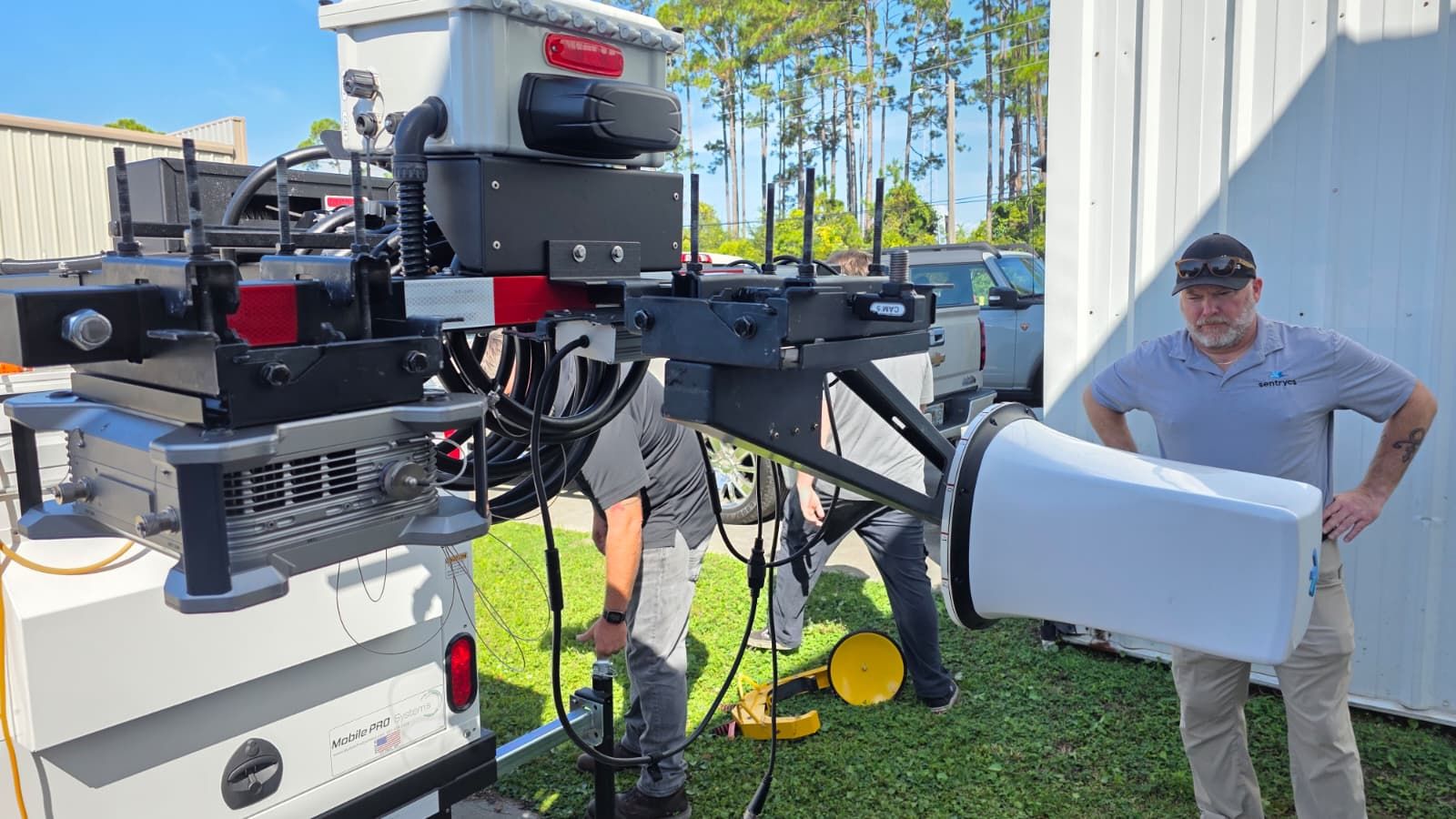Germany’s Emerging Edge in Drone Detection and Counter-UAS

A recent feature in the Süddeutsche Zeitung shines a spotlight on a topic that is growing in both technological and societal importance: drone detection and counter-UAS (unmanned aerial systems) capabilities in Germany. Companies such as Quantum Systems from Gilching, Aaronia AG from the Eifel region, Argus Interception, and Helsing from Munich exemplify how much innovation and technical depth already exist in this field.
This is high-tech “Made in Germany” at its best — precise, responsible, and forward-looking. What makes this development particularly exciting is that it is not only about airspace safety but also about technological sovereignty and industrial competitiveness. If companies, research institutions, and policymakers — such as Bavarian Minister President Markus Söder — work together, Germany could gain a genuine strategic advantage. The country has the knowledge, the talent, and the technology to become a world leader in drone detection. Now is the time to seize that momentum.
Germany’s Counter-UAS Landscape: From Readiness to Leadership
Across Europe, drone detection and counter-drone solutions are becoming a priority, and Germany is no exception. The country’s growing network of tech companies is developing sophisticated systems to detect, classify, and neutralize unauthorized drones — addressing both civilian and military needs.
Quantum Systems is known for its advanced drone platforms used in defense and industrial applications, while Aaronia AG has become a specialist in radio-frequency detection and spectrum analysis. Argus Interception and Helsing are building powerful software-driven defense systems that integrate AI, sensor fusion, and automated response capabilities. Together, these innovators represent the foundation of a strong and scalable national capability.
Yet the challenge lies not in innovation — it lies in implementation. Turning promising technology into field-ready systems requires coordination across government, defense agencies, and regulators. Real operational readiness means building complete “detect-identify-respond” chains, where technology, legal frameworks, and training are aligned.
What Makes This Uniquely “Made in Germany”
Germany’s counter-UAS ecosystem carries several distinct hallmarks:
- Technical depth and integration — German companies focus on systems engineering and interoperability, combining hardware, software, and data analytics into cohesive solutions.
- Ethical responsibility — The approach is rooted in Germany’s high standards of compliance and accountability. Developers emphasize precision and control rather than aggression or escalation.
- Technological sovereignty — In an era of global supply chain dependencies, having home-grown drone-detection capabilities enhances national independence and resilience.
This mix of innovation and responsibility gives Germany a strategic edge — combining engineering rigor with a long-term view of technology’s societal role.
From Innovation to Implementation
Innovation alone isn’t enough. The next phase must focus on deployment at scale — integrating these technologies into national infrastructure, defense networks, and civil aviation safety systems.
That will require:
- Public-private collaboration — Industry and government must coordinate investment, procurement, and standards.
- Regulatory clarity — Counter-UAS systems must operate within clear legal and operational boundaries.
- Sustained funding — Long-term R&D investment ensures that startups and scale-ups can move from prototypes to production.
- International cooperation — Cross-border drone threats require harmonized European frameworks and shared situational awareness.
If these elements come together, Germany’s drone-defense ecosystem can mature rapidly — from isolated success stories to an integrated national network.
Strategic Importance
The implications of this technological momentum go far beyond the defense sector.
- National Security: Protecting critical infrastructure, airports, and events from drone intrusions is becoming a national priority.
- Economic Competitiveness: Drone-defense systems are a fast-growing global market. A strong domestic industry positions Germany as an exporter of trusted, high-value technology.
- Technological Sovereignty: Developing domestic counter-UAS capability reduces dependency on foreign systems and increases strategic autonomy.
- Innovation Ecosystem: The rise of drone-related tech strengthens Germany’s broader AI, sensor, and software ecosystem — fueling spin-offs, jobs, and intellectual capital.
In short, this sector unites security, economic, and innovation goals under one strategic vision.
A Call to Action
Germany has everything it needs to lead — the technology, the expertise, and the motivation. What’s required now is alignment between innovation and implementation. Policymakers must clear regulatory pathways, investors must back scaling companies, and public institutions must adopt new systems with confidence.
If industry, research, and politics truly pull together, Germany can become a global benchmark for responsible and effective drone detection. The names emerging today — Quantum Systems, Aaronia AG, Argus Interception, Helsing — could form the backbone of a thriving, export-ready industry that defines Europe’s next generation of security technology.
The opportunity is real, and so is the responsibility. Germany’s skies — and its technological sovereignty — are worth protecting.


.jpg)


